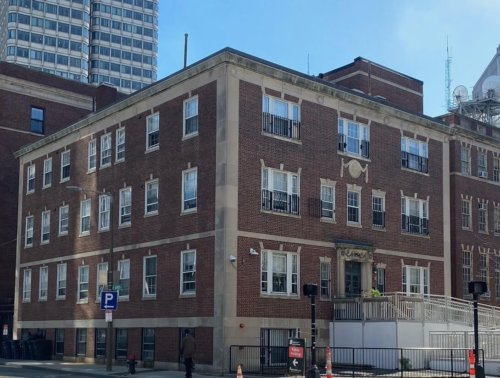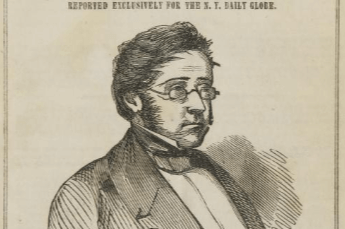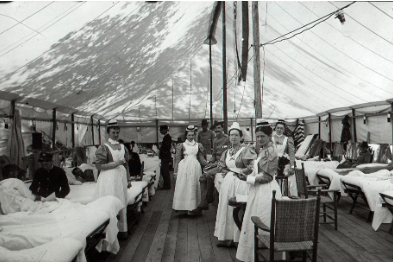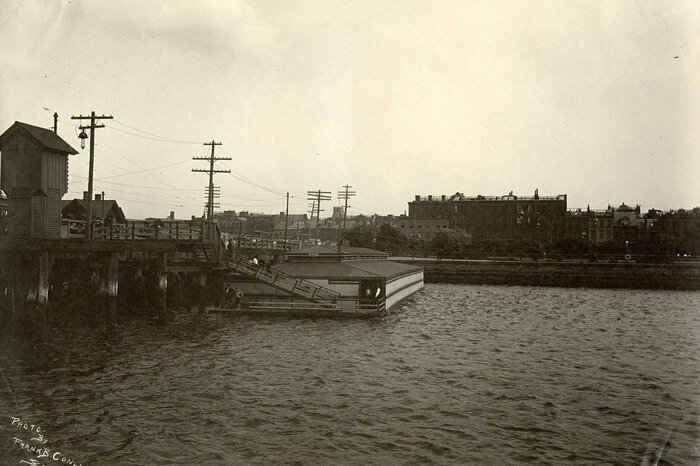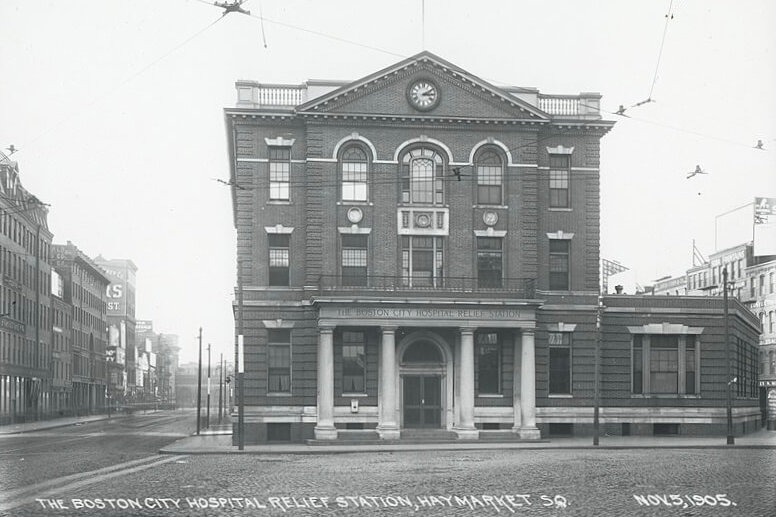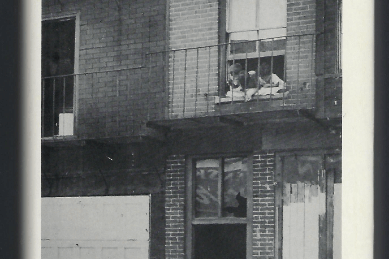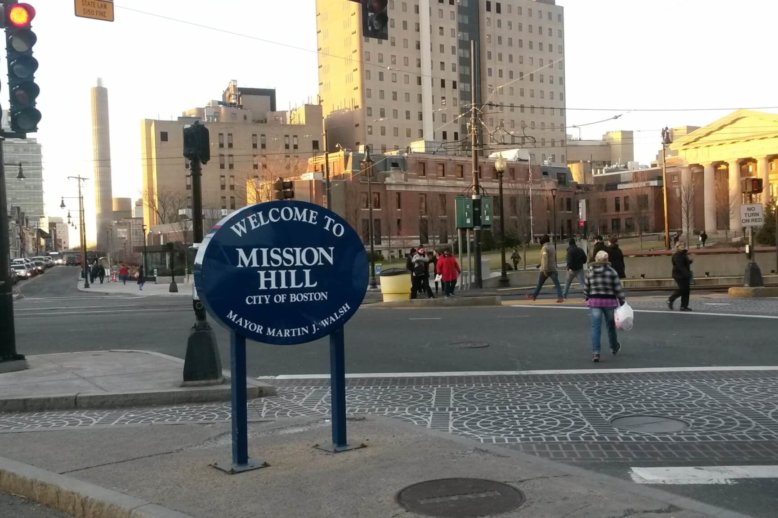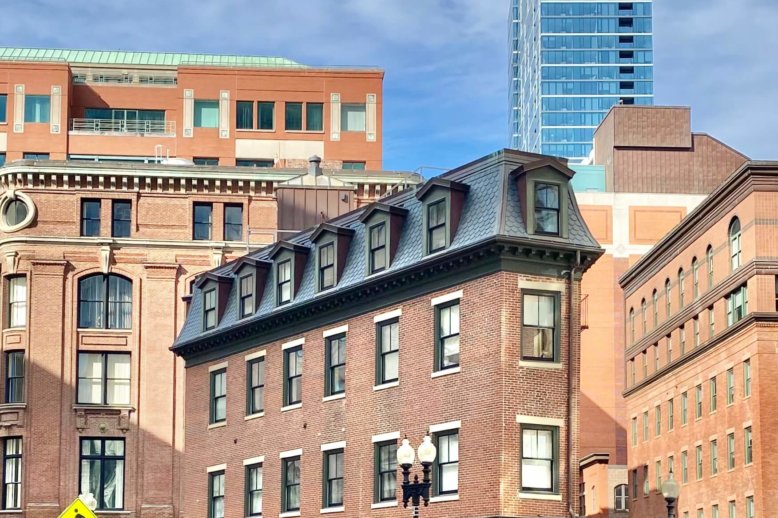Topic: Medicine
Medicine, doctors, hospitals, pharmaceuticals
The Temporary Home for Women and Children located on New Chardon Street in Boston’s West End was one of the first family shelters in the country. From its start as a small home on Charles Street, it has cared for women and children in need for over 150 years.
The convergence of Puritan values, attitudes toward immigration, and the prevalence of one university surrounding almost every aspect of the event, made the Parkman-Webster murder case a distinctively Boston story.
Since its opening in 1821, the Massachusetts General Hospital has had a long tradition of caring for West Enders, Bostonians, and other patients from across the globe. This tradition includes a history of its nurses and doctors putting their own lives at risk while serving military personnel during wartime.
Public baths are generally an unknown phenomenon in the United States today, but in the 19th and early 20th century, the public bath movement brought with it the creation of hundreds of outdoor and year-round bathing establishments in the country’s large cities, including Boston and the West End.
In the later half of the 19th century, Boston’s downtown residents required more immediate access to acute medical care as industrialization brought with it additional hazards to safety and health. For over thirty years the Haymarket Relief Station, which sat at the eastern gateway of the West End, filled that gap by providing much needed treatment for acute illnesses and injuries for urban residents.
Soon after the bulldozers of urban renewal began clearing land, experts in various fields focused on the effects of development projects and the human cost paid by affected communities, such as Boston’s West End. Marc Fried, a Harvard educated psychologist, interviewed hundreds of displaced West End residents in the late 1950’s to assess the emotional effects of relocation. The results of his work, and that of other dedicated researchers, helped turn public opinion against top-down urban renewal and inspired community activism throughout the United States.
In the mid-1960’s, Harvard University purchased twenty acres of land in the diverse and predominantly working-class Mission Hill section of Roxbury in the hopes of expanding its presence in the Longwood Medical Area. Having witnessed the disastrous effects of redevelopment in the West End and successful community intervention in other Boston neighborhoods, Mission Hill residents, with the help of young activists from Harvard itself, were able to secure affordable housing for over a thousand people.
Thomas L. Banks left New Hampshire for Boston in 1845 to pursue a degree in medicine from Harvard University. He settled in the West End where he built a successful medical practice and forged a career in local and state politics. The site of his successful apothecary business, formerly known as the Jenks Building, still stands today at 132 Portland Street and is noted as one of the more architecturally unique historic buildings in the Bulfinch Triangle.

